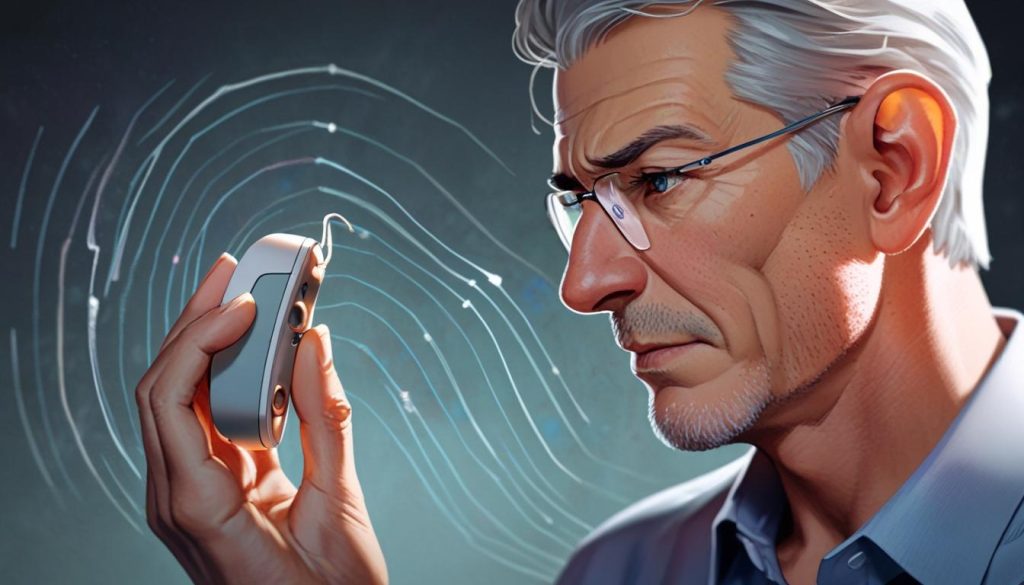One in six Australians faces hearing loss, yet many hesitate to seek assistance. This article explores the impact of untreated hearing loss and the importance of breaking the stigma surrounding hearing aids.
One in six Australians experiences some form of hearing loss, which typically begins to affect most adults from middle age onwards. Despite this prevalence, many individuals are hesitant to seek assistance or undergo hearing assessments. Common concerns centre around the possibility of being prescribed hearing aids, with many envisioning the large, cumbersome devices once associated with older generations.
Research indicates that acquired hearing loss can significantly impact various aspects of life, leading to issues such as social isolation, loneliness, difficulties in employment, and cognitive impairments. Furthermore, it has been linked to conditions such as memory problems and even dementia. A systematic review and meta-analysis revealed that individuals with hearing loss are 1.5 times more likely to experience depression compared to those with normal hearing. A US population study corroborated these findings, showing a correlation between self-reported hearing loss and elevated psychological distress, increased reliance on antidepressants and anti-anxiety medications, as well as heightened utilisation of mental health services.
Despite the detrimental effects of untreated hearing loss, research has shown that adults typically wait around a decade before seeking help. Alarmingly, fewer than 25% of those who need hearing aids ultimately follow through with obtaining them. The gradual nature of hearing decline often leads individuals to underestimate the severity of their difficulties, allowing them to acclimatise to compromised hearing without recognising its broader implications.
Stigma associated with hearing loss contributes to this trend, with negative perceptions of hearing aids—often rooted in stereotypes linking them to ageing and infirmity—deterring many from discussing their condition. Recent research unveiled that approximately 25% of individuals suffering from hearing loss choose not to disclose their situation due to fear of stigma, which, in turn, reduces their likelihood of pursuing hearing aids.
For those considering their options for addressing hearing loss, the first step is typically a consultation with a hearing care professional, such as an audiologist, or a visit to a general practitioner. Alternatives to hearing aids do exist, including various assistive listening devices, educational programs aimed at enhancing communication strategies, regular hearing monitoring, and protective measures against future hearing damage. In instances of severe hearing loss, cochlear implants may also be an option.
Modern hearing aids have transformed significantly, becoming increasingly compact and discreet. Current designs range from those that sit behind the ear to models embedded within the ear canal, some mimicking the appearance of wireless earbuds. They incorporate advanced technology capable of reducing background noise, honing in on specific sound sources through directional microphones, and even connecting via Bluetooth to stream audio directly from devices like smartphones and televisions. Furthermore, advanced models can track health metrics, detect falls, and facilitate real-time language translation.
In Australia, children and many adults qualify for subsidised hearing services, and numerous health funds offer rebates for hearing aids as part of their coverage. For those uncertain about their hearing health, the article emphasises the importance of obtaining a hearing check as early intervention can mitigate further decline in hearing and associated health risks. The advancements in hearing assistance technologies offer a wide array of suitable options, ensuring that assistance is accessible for those in need.
Source: Noah Wire Services





